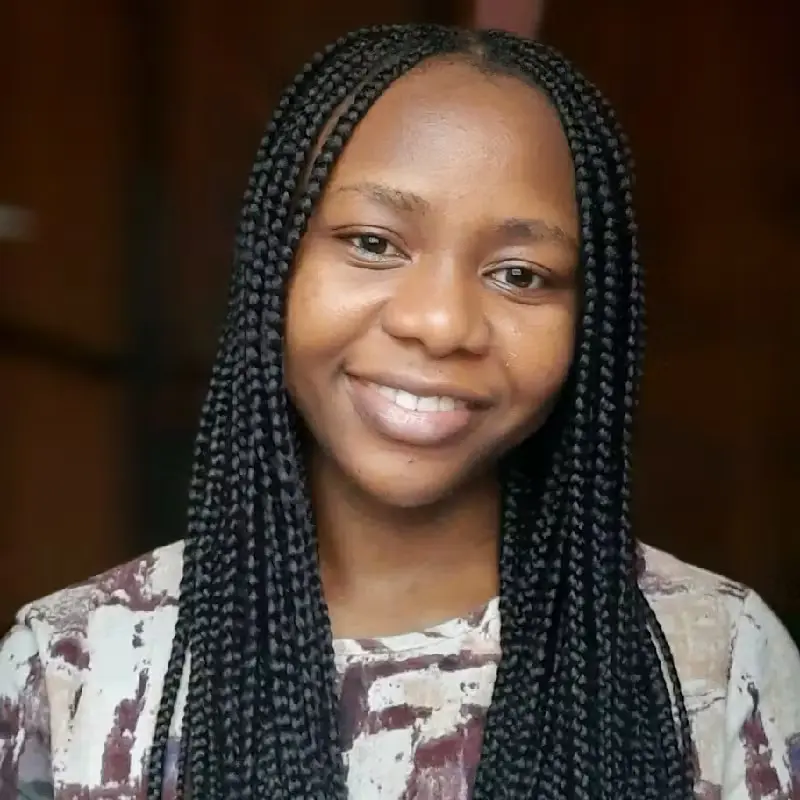TV pilots have a huge responsibility: convincing a network that a series is worth fully investing in.
They are not meant to be perfect. They exist to test the waters, collect audience reactions, and help studios make the right decisions such as recasting a lead actor, adjusting production costs, or sometimes shelving a project altogether.
(Let’s have a moment of silence for all the potentially fantastic shows that never saw the light of day 😞)
Just as networks use pilots before green-lighting a full season, you and your team can use pilots for new projects to gather data about timelines, resourcing, and profitability before committing to full-scale production.
The pilot approach to project estimation
During our , Jason Fisher, Executive Studio Director at Flight Studio, shared that his team runs pilots for every new project. They want to understand:
“What’s it going to take? What’s it going to cost? And, most importantly, will it be good in the end? That last question—whether it will be good—is often forgotten when you’re trying to estimate. If it’s affordable and good, we’ll move forward and create more of it. But if the answer is ‘no’ to either of those, there’s your answer, too.”
In Fisher’s experience, pilots are powerful tools for project estimation. They help:
- Test assumptions
- Investigate the feasibility of a new project
- Improve iteratively
- Have productive conversations (and negotiations) with stakeholders and clients
How to use pilots to strengthen estimates
Fisher believes it’s okay for the first estimate not to be perfect—what matters is being able to gather data to inform future decisions. Here are some tactical ideas of how to use a pilot:
👥 Clearly define roles and responsibilities: Fisher suggests creating a RACI chart to map out who’s responsible, accountable, consulted, and informed upfront. This helps understand the full scope of who needs to be involved and how their time (billable and not) impacts the project. .
⏳ Build in buffer time/cost: add padding to cover potential delays or unexpected costs, for example by ensuring your day rate can account for outsourcing. During the same session, Emily Feliciano, Senior Global Creative Resource Manager at Atlassian, emphasized that “it’s always better to overestimate and deliver earlier than to underestimate and risk going over budget or time.”
💪 Understand team strengths: different team members excel at different tasks—some might be quicker at visual design, others may shine in video production. Being aware of these strengths helps match the right people to the work and increase project efficiency and effectiveness.
🗣️ Talk to your resources: it’s not just about knowing people’s capabilities—according to Feliciano, you want to involve them in the conversation from the start: “Bring the impacted team members and leads who are going to be a part of the project into the initial scoping process. If you can have all of those great minds in one room at once, you’re able to strategically guide the upfront process and then kick off the work more efficiently and effectively from the beginning.”
⚒️ Build a tentative plan: nothing beats a good visual when you need to explain how new work will impact your team’s existing commitments—especially when the visual shows hard numbers. As Feliciano emphasizes, “I can’t take my feelings to leadership and say ‘I feel like we’re busy’. But you can’t argue with data. You can’t argue with numbers.”

[fs-toc-omit]Getting the green light
After every pilot, Fisher and his team ask each other: “How did it go? What did we do well? What could we do better? Did something go critically wrong?” Then they share the insights org-wide to help shape future work: “Here’s how it went. Here’s what none of you should do next time because it was really difficult. And here’s what you should absolutely do because it really worked well.”
And that’s how your TV pilot, I mean project 😅, gets the green light.
We couldn’t have done this piece without:













